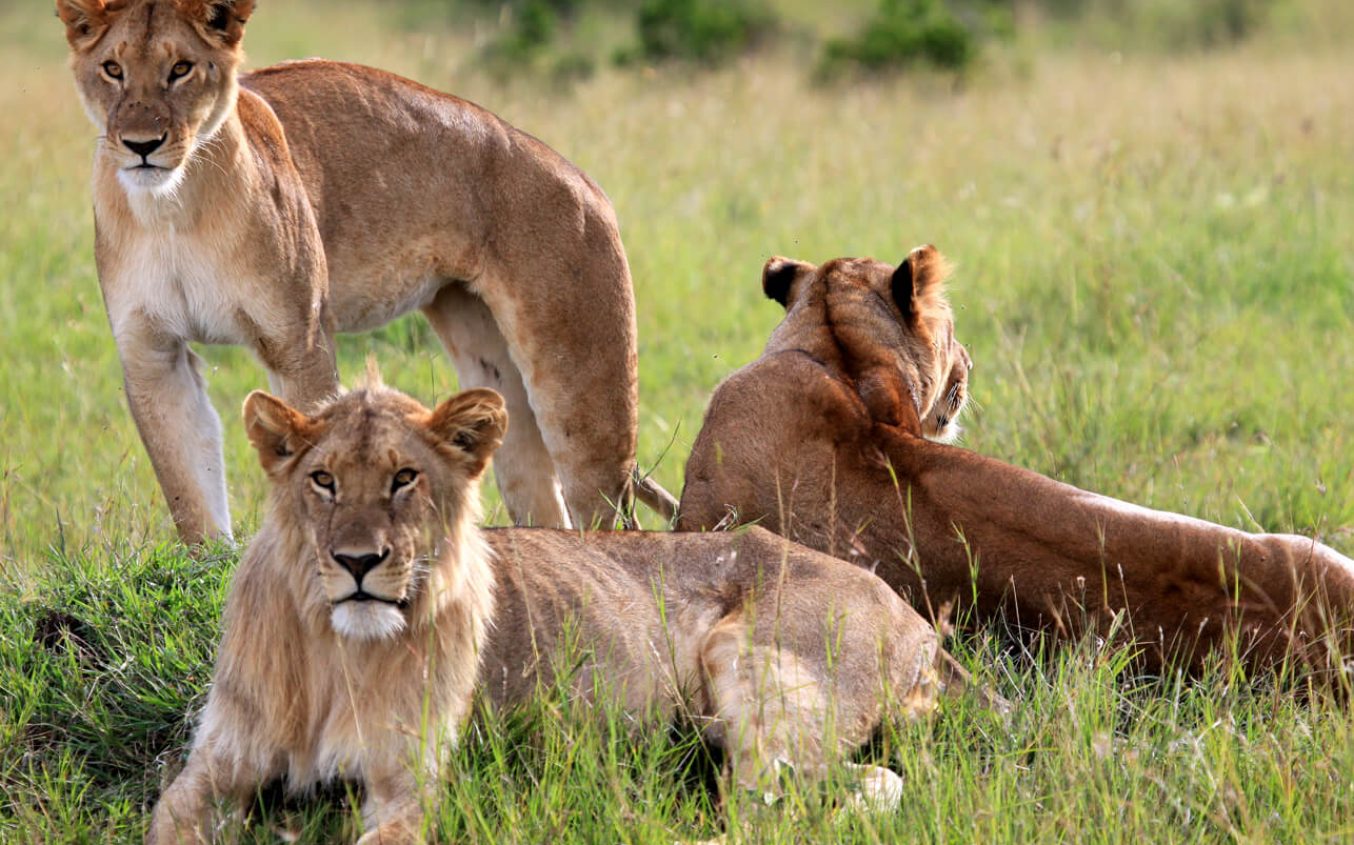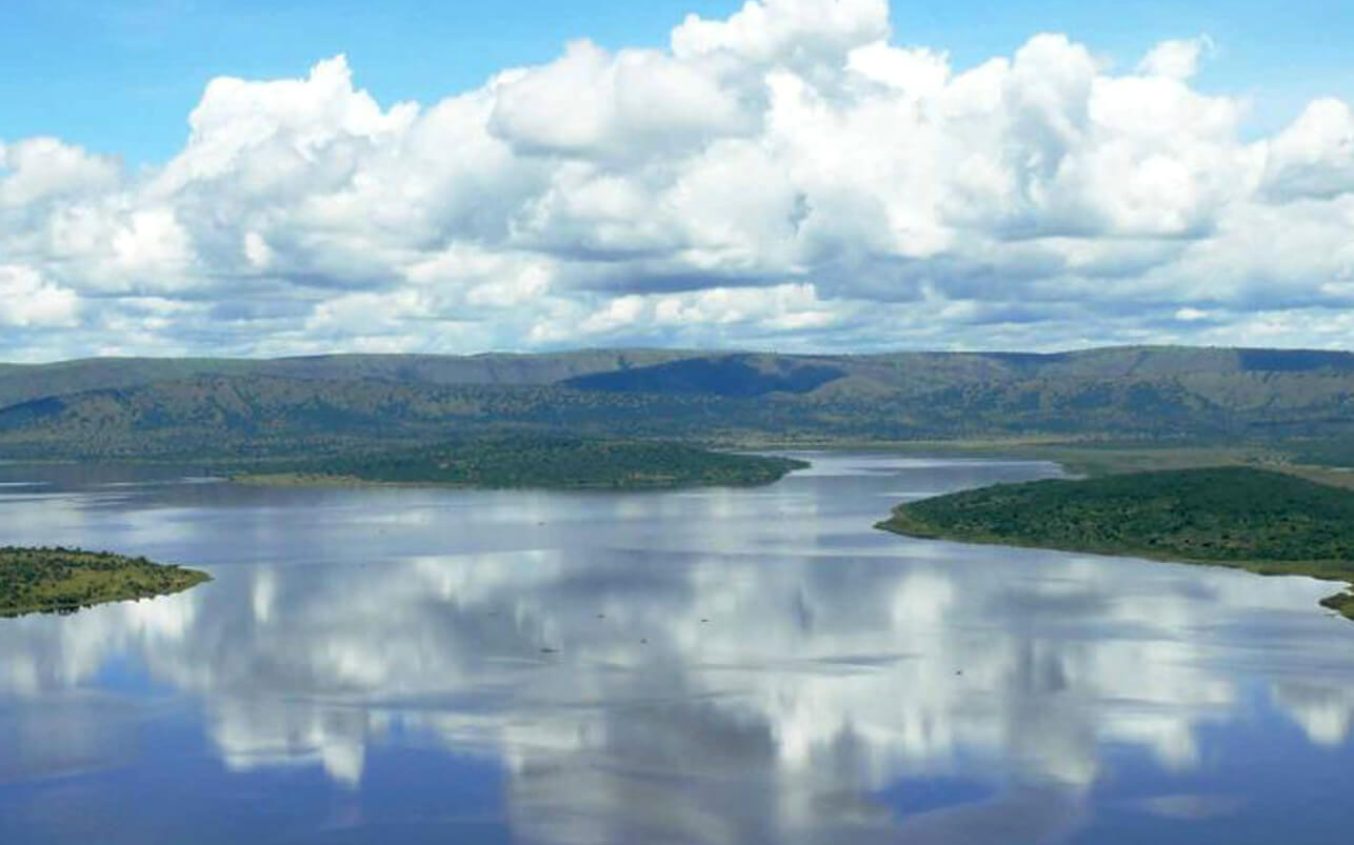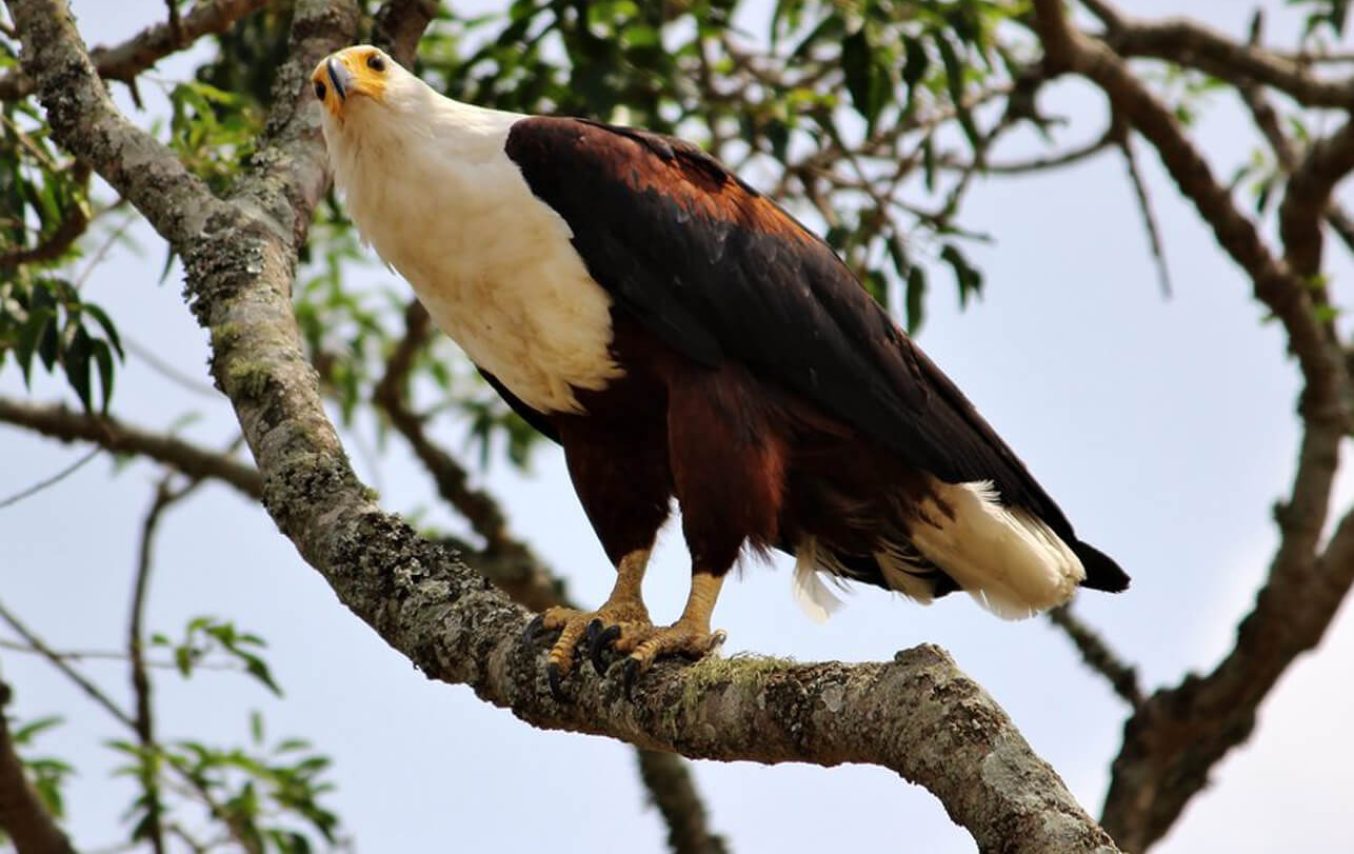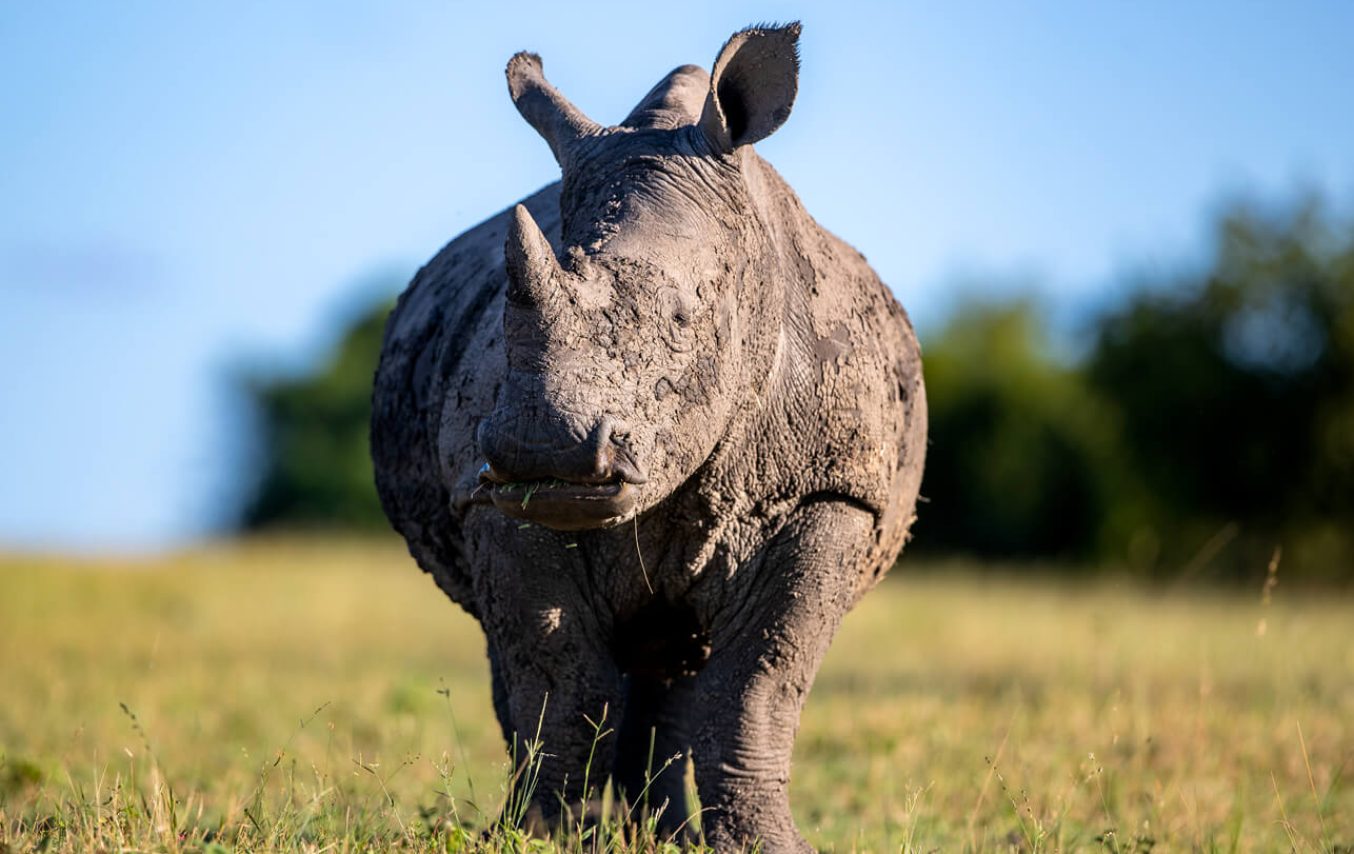Located in the eastern part of Rwanda, is a stunning blend of savannah, woodland, wetland, and lakes. Spanning over 1,200 square kilometers, Akagera is Rwanda's largest national park and one of the most diverse ecosystems in East Africa. Named after the Akagera River that flows along its eastern boundary.

One of the main attractions of Akagera National Park is the opportunity to encounter the Big Five: lions, elephants, buffaloes, leopards, and rhinoceroses. After the successful reintroduction of lions in 2015 and black rhinos in 2017, Akagera has regained its status as a complete wildlife haven. During guided game drives across the park’s vast savannahs and rolling hills, visitors can spot herds of zebras, giraffes, antelopes, and warthogs grazing freely. The northern sector of the park is particularly rich in wildlife, with large herds of elephants often seen along the drive. Early morning and evening game drives are the best times to catch glimpses of predators on the prowl and witness the park’s vibrant wildlife in action.
Akagera is unique among Rwanda’s national parks for its extensive wetland areas and numerous lakes, with Lake Ihema being the largest. A boat safari on Lake Ihema provides an exceptional opportunity to observe the park’s aquatic life. As you glide through the waters, you’ll come across hippos cooling off in the shallows, crocodiles basking along the banks, and a plethora of waterbirds, including the iconic African fish eagle, kingfishers, and cormorants. The boat cruise offers a different perspective of the park’s landscape, allowing visitors to see wildlife coming to the water’s edge to drink and providing a peaceful, up-close encounter with Akagera’s rich biodiversity.


Akagera National Park is a birdwatcher’s paradise, boasting over 500 bird species thanks to its varied habitats. The park’s lakes, wetlands, savannahs, and woodlands provide perfect conditions for both resident and migratory birds. Among the many species, you might spot the shoebill stork, one of Africa’s most sought-after birds, the papyrus gonolek, and the beautiful African jacana. Along the shores of Lake Ihema and other wetlands, the sight of flocks of pelicans, herons, and storks is common, while the acacia woodlands are home to raptors like the bateleur eagle and the martial eagle. For birding enthusiasts, a guided birdwatching tour offers a chance to explore the park’s varied ecosystems and discover its incredible avian diversity.
Akagera is not just a destination; it is a remarkable success story of conservation and community-led tourism. The park’s transformation, led by the Rwanda Development Board and African Parks, has involved extensive anti-poaching measures, community engagement, and rewilding initiatives. These efforts have not only brought back the Big Five but have also ensured the park’s ecosystem thrives sustainably. Visitors to Akagera support this ongoing conservation work, as the park’s revenue is reinvested into wildlife protection, community development, and habitat restoration.
